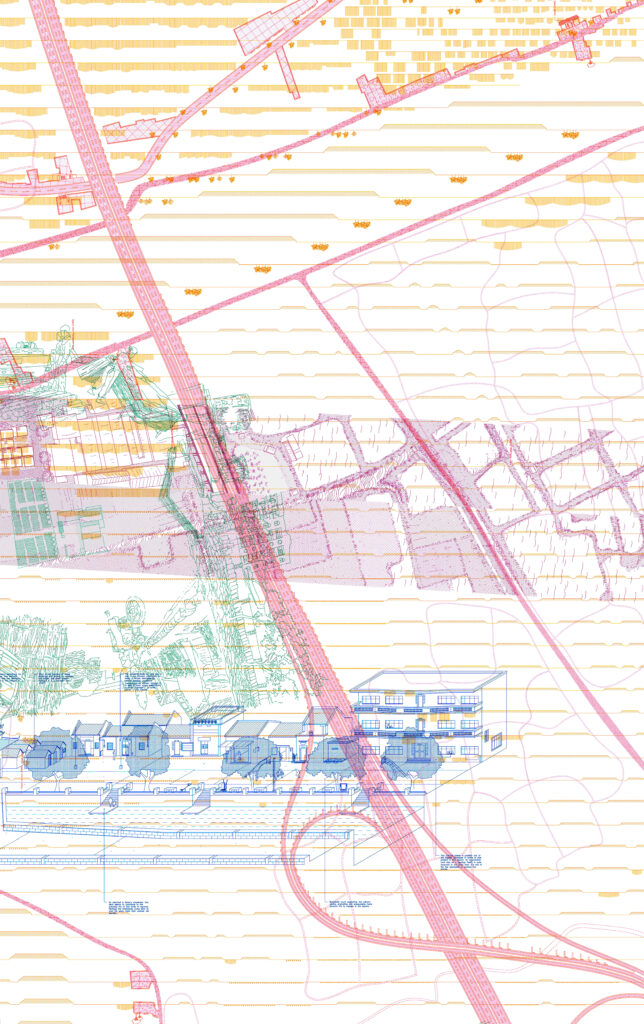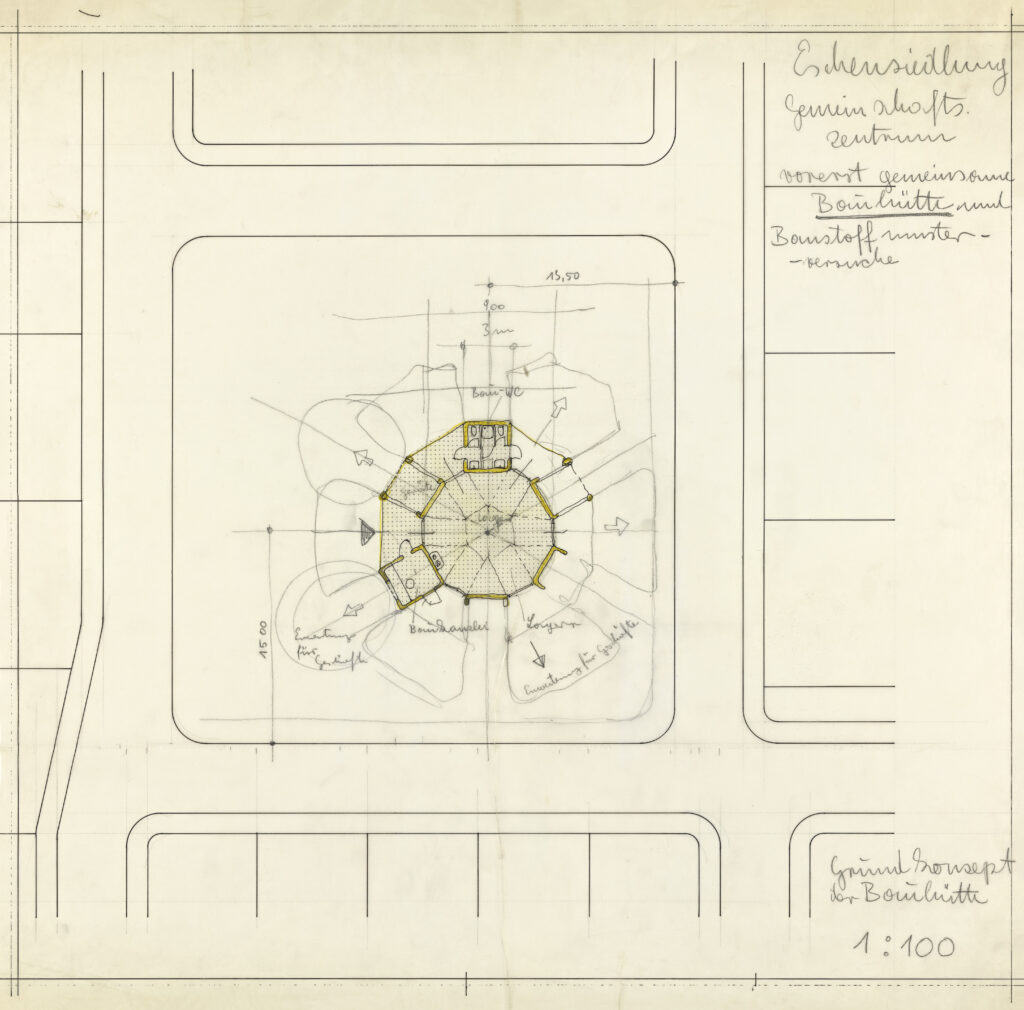Return to archive
title
Codes and Communities – TACK Exhibition
authors
Tom Avermaete Janina Gosseye

Architectural knowledge is codified. While many codes can be learned through manuals and textbooks, others can be best understood through tacit observation. If ‘Model Haarlemmerplein’ devised an architectural proposition through a close reading of urban morphological conventions, ‘Texture Kortrijk – Jewel Box’ did so by carefully interpreting a building’s structural codes.
Architectural codes create communities of those who understand them. These can be global, as in ‘Post CIAM’; they can operate on the level of nation-states, which ‘Maputo Land Rover’ hints at, or exist at the scale of an architectural office, as is the case in ‘Playa Blanca, Bankers, and the Pivotal Point’. Shared tacit knowledge not only binds communities of architects, but also other collectives, such as residents, as is shown in ‘Objects of Belonging’ and ‘Tesseln/Bâtons à marques’.
Various approaches, techniques and tools have been developed to share codified tacit knowledge. The ‘Arteplagemodell Swiss National Expo 02’ and ‘Model of Silodam Housing, Amsterdam’ models, for instance, were specifically designed to engage heterogeneous actors in conversation about architecture. ‘Public Drawings, Atelier Bow-Wow’ and ‘Chozos, Houses of Nomadic Shepherds’ employ the physical act of drawing or building together to share and co-construct tacit knowledge, while ‘Eilfried Huth’s Bauhütte’ was conceived as a designated place of cooperation.




